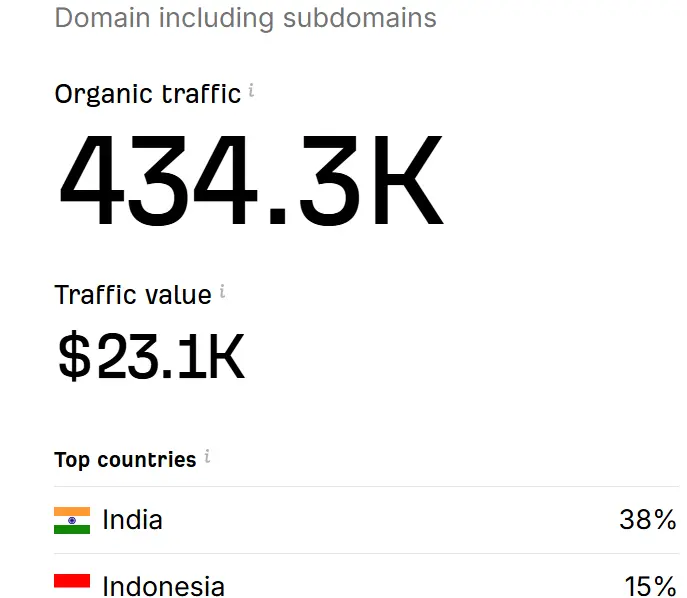Best SEO Practices in Copywriting
The art of copywriting works best together with search engine optimization practices. A strategic application of these elements creates content that simultaneously achieves search engine performance goals while drawing in users and producing customer actions. SEO and copywriting combine as an essential skill for digital success which enables people to enhance their online presence and grow their business.
What Is SEO Copywriting?
SEO copywriting requires writers to create content oriented for search engines which offers informative and engaging material to readers. The writer’s goal should be to deliver content that suits both search engines and human consumers. The writing mission requires engineers to produce material which delivers high search placement while supplying concrete benefits to readers.

Why SEO Matters in Copywriting
The power of SEO lies in its ability to make content discoverable. Without SEO, even the best-written content can get buried in search results. Effective SEO ensures that your content is seen by the right audience at the right time. But it’s not just about keywords – SEO is about providing relevant, high-quality content that satisfies user intent. Search engines are designed to reward content that meets the needs of users, which is why quality SEO copywriting is so important.
Keyword Research
High-Quality Content
Engaging Headlines
Mobile Optimization
SEO Best Practices
Readability Focus
Internal Linking
External Linking
Content Updates
User Intent
Best Practices for SEO in Copywriting
Keyword Research & Clustering is Key.
Create Engaging, High-Quality Content.
Optimize Your Headlines along with content.
Use Internal and External Links.
Focus on Readability and user Ease.
Update Your Content Regularly.
- Keyword Research is Key
Before you start writing, always perform thorough keyword research. Find out what your audience is searching for, and target keywords that are relevant to your topic and have good search volume. Use tools like Google Keyword Planner, Ahrefs, or SEMrush to discover the best keywords for your content. - Create Engaging, High-Quality Content
Your content should be engaging, informative, and valuable to your readers. Google rewards content that provides answers to user queries. Make sure your writing is clear, well-structured, and offers real value to the reader. - Optimize Your Headlines
Headlines are critical for both SEO and user engagement. Use your primary keyword in the headline and make it compelling. A great headline should grab attention and provide a reason for the reader to click. - Use Internal and External Links
Linking to other pages on your website (internal links) and reputable external sources (external links) can help improve your content’s authority and SEO. Internal links help search engines understand the structure of your site, while external links provide context and credibility. - Focus on Readability
No matter how well-optimized your content is for search engines, it needs to be easy to read and digest. Use short paragraphs, bullet points, and headers to break up the text. This not only improves the user experience but also helps search engines understand your content. - Optimize for Mobile
With the majority of web traffic coming from mobile devices, ensuring your content is mobile-friendly is essential. Make sure your website is responsive, and your content loads quickly on all devices. - Update Your Content Regularly
SEO isn’t a one-and-done deal. To stay competitive, you need to update your content regularly. Google loves fresh content, so periodically revising old posts with updated information, new keywords, and improved structure can help maintain or improve your rankings.
Wrapping Up
SEO copywriting isn’t just about using the right keywords; it’s about creating content that serves both search engines and readers. By following these best practices, you’ll be able to write content that not only ranks but also drives traffic, builds authority, and ultimately converts readers into customers. As SEO continues to evolve, staying updated with the latest best practices will help ensure your content remains effective and competitive.
What’s Next?
This is just the beginning! In upcoming posts, I’ll get specificed into specific SEO copywriting techniques and share more tips to help you master the art of SEO-driven content. Stay tuned for more!